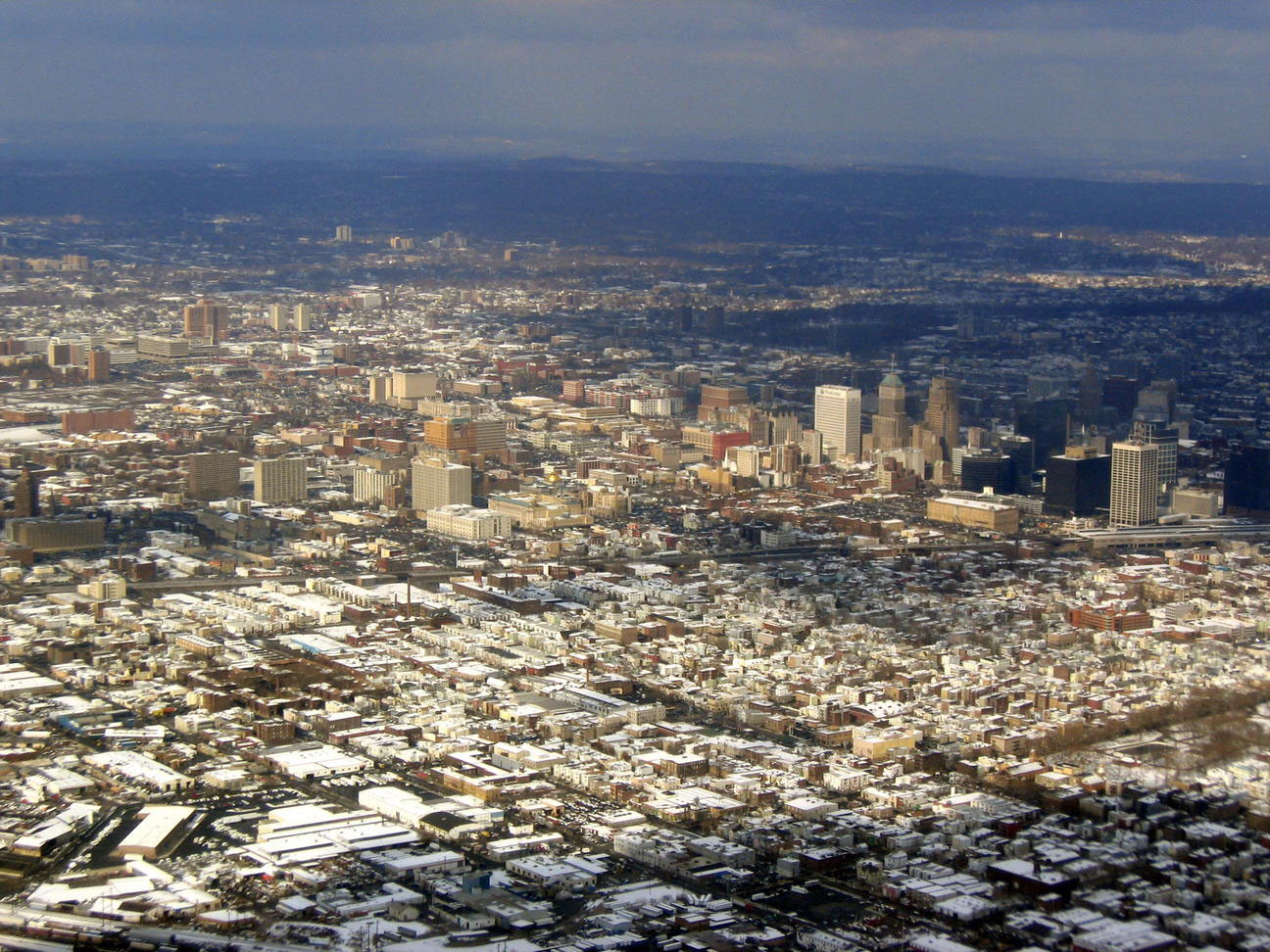
Conclusions

Downtown Newark, photohome.com
AIDS in Essex County has become an enormous problem. The cumulative rate, percentage of African American cases, and percentage of cases transmitted by IDU show that the problem is largely centralized in the eastern Essex towns because of the poverty level and prevalence of illicit drugs. With spotty prevention education and Needle Exchange Program implementation caught in bureaucratic red tape, the future does not look bright if action is not taken soon. Though the current trend shows less cases being reported each year, this could be accounted for by the fact that the sector of the population that is being infected, mainly the African American population, already has a great number afflicted with the virus (Table 6). How many cases need to be diagnosed? How many people need to die before it stops? Many groups recognize the situation at hand and are making local efforts to make the public aware of the epidemic and care for those who have fallen ill. Hope for Essex County currently lies in the hands of religious and volunteer groups such as the Broadway House for Continuing Care, St. Bridget’s HIV/AIDS Support Network and Residence, The Joey DiPaolo AIDS Foundation, and the various programs run by the University of Medicine and Dentistry of New Jersey (UMDNJ). These groups provide testing, support, and continued care for those who may or do have HIV and AIDS. While the media and government shy around the problem, at least a few groups are making efforts towards the care, comfort, and improvement of quality of life for those afflicted with HIV/AIDS in Essex County.